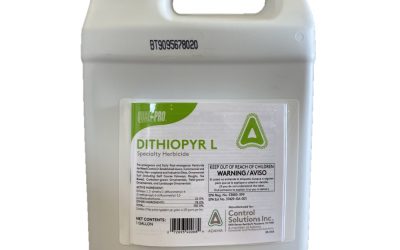Carbon sequestration involves capturing and storing carbon dioxide from the atmosphere to mitigate global warming. This process, achieved through natural mechanisms or human intervention, is also known as carbon storage or capture.
Plants play a crucial role in carbon sequestration by absorbing carbon dioxide and releasing oxygen. Additionally, marine organisms sequester significant amounts of carbon dioxide in the oceans, contributing significantly to climate change mitigation.
Biosequestration offers several benefits in addressing global warming and climate change. It provides a practical method to reduce greenhouse gas emissions and can store existing atmospheric CO2. By capturing and stoGroundwork BioAgring CO2, biosequestration helps minimize emissions, thereby reducing their impact on the environment.
Lowering CO2 levels in the atmosphere also enhances public health by reducing exposure-related risks such as dizziness, headaches, increased heart rates, and respiratory difficulties. Long-term exposure to elevated CO2 levels has been associated with neurological disorders, respiratory diseases, and diabetes.
Furthermore, biosequestration promotes economic growth and job creation through technologies like reforestation and bioenergy. These initiatives attract investments in renewable energy and create new employment opportunities.
For more information on carbon dioxide mitigation, visit Groundwork BioAg.



